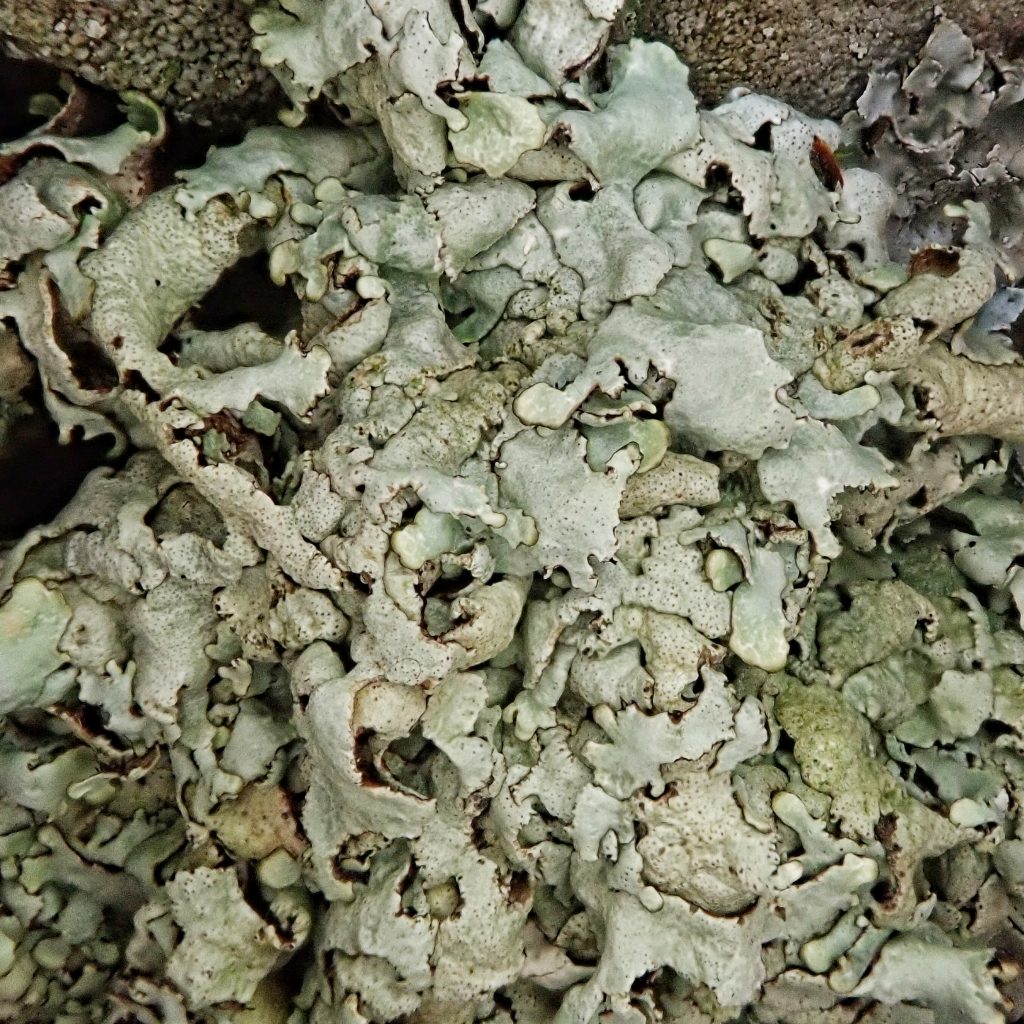
I’m not happy to be making this post with ‘possibly’ in the title, although I feel fairly comfortable calling this specimen Xanthoparmelia coloradoensis. But Bruce McCune says it can’t be positively identified without TLC (Thin Layer Chromatography), which is far beyond the scope of being a recreational naturalist.
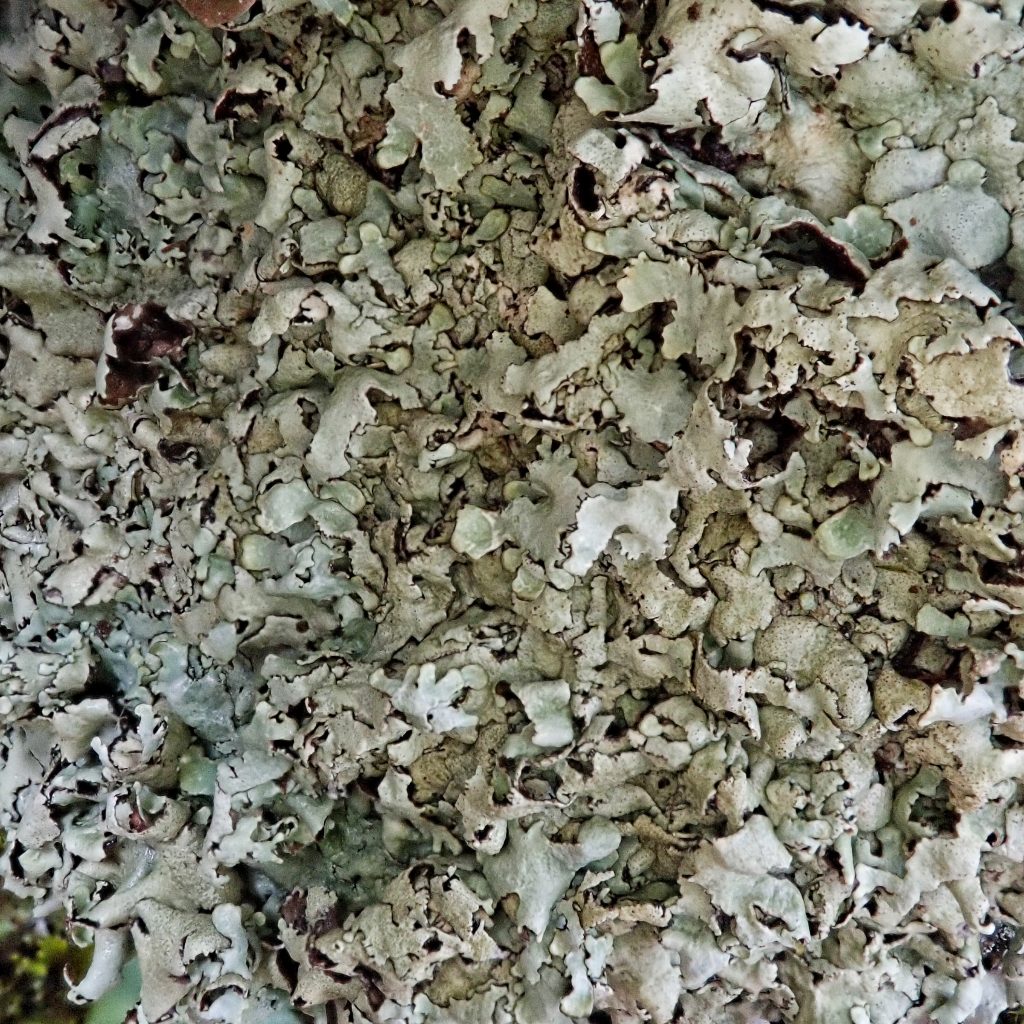
The reason that TLC is required is that there are several closely related, and morphologically similar, lichens which only differ in the presence or absence of stictic acid, norstictic acid, or salacinic acid, (here is a nice bit of research on these issues by Heather B. Jackson [2004]) all of which respond similarly to standard reagent spot tests, the use of which already strains the bounds of this being a ‘recreational naturalist’ pursuit, since the idea inherent in that is that, with some practice, one can identify organisms in the field. And, with an abundance of caution and precautions, it is possible to do spot tests safely and effectively in the field.
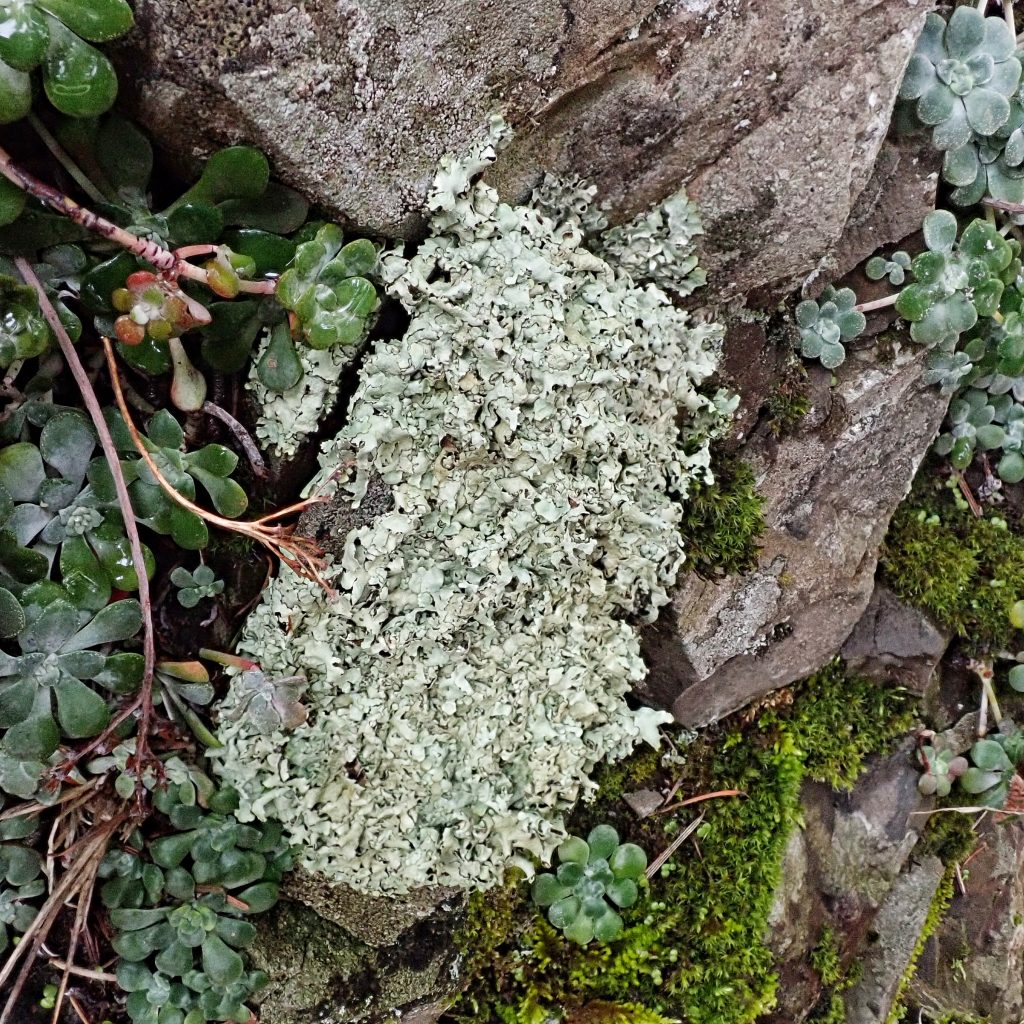
But you just can’t do TLC in the field. So I am posting this anyway because the one consistent field identifier for X. coloradoensis that is listed everywhere I looked is that it is only loosely appressed, and this lichen was only barely attached to the substrate. So, while I may be wrong that it is Xanthoparmelia coloradoensis, it is definitely possible that that’s what it is. And, since nobody can say anymore than that in the field, that’s good enough for me.
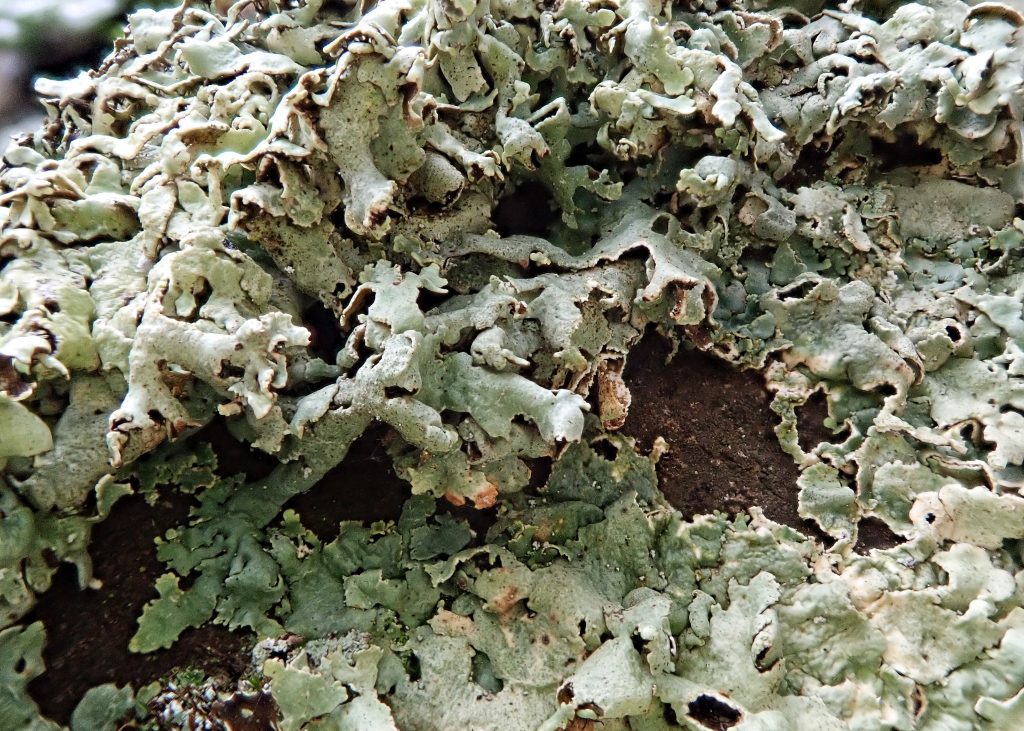
Description-Light whitish to greyish green thallus composed of many small lobes; occasionally with apothecia with brown disks; lacks soredia and isidia; ventral surface tan to brown; very loosely attached to the substrate.
Similar species– X. cumberlandia and X. lineola usually have many apothecia, and are tightly appressed to the substrate; X. tasmanica has black ventral surface; X. plitti has abundant isidia.
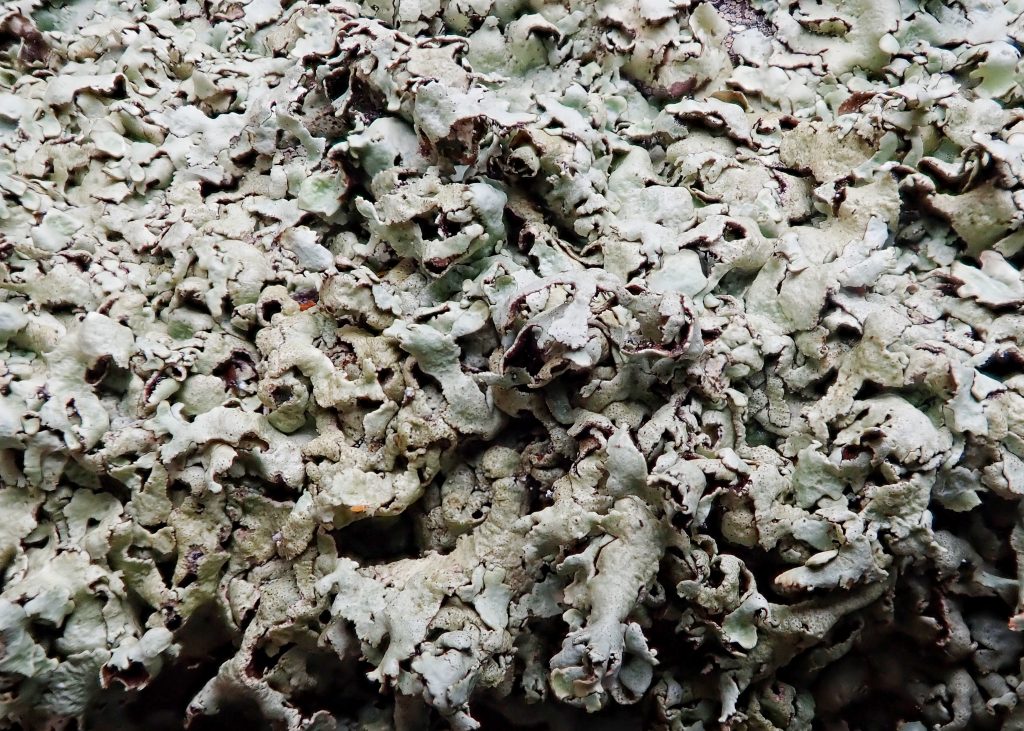
Habitat– On soil, rock, or moss over rock in exposed situations, usually middle to high elevations.
Range– Cascades and other ranges.
Etymology of names– Xanthoparmelia is Greek for ‘little yellow shield’, and this name refers to the fact that members of this genus used to be in Parmelia, and that many of them are yellowish. The specific epithet coloradoensis describes the locality of the type specimen.
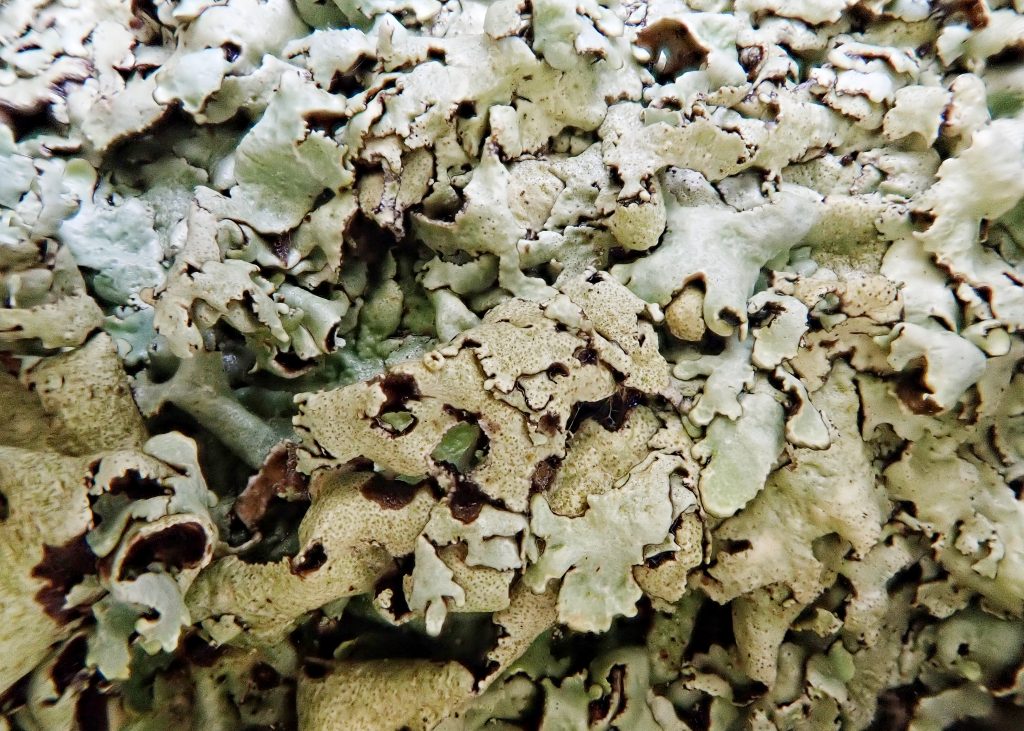
Xanthoparmelia coloradoensis – Common Macrolichens of the Pacific Northwest
https://lichenportal.org/cnalh/taxa/index.php?taxon=54735&clid=1026
https://en.m.wikipedia.org/wiki/Xanthoparmelia
https://en.m.wikipedia.org/wiki/Thin-layer_chromatography
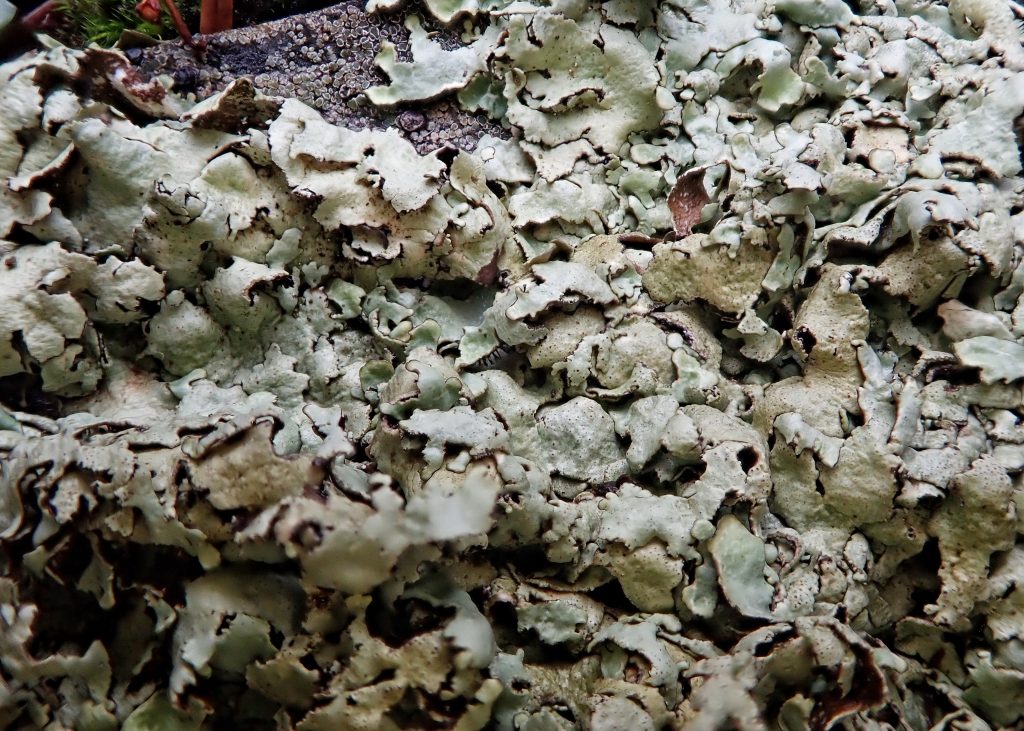
Beautiful photos, Thanks!
Possibly 😆👍